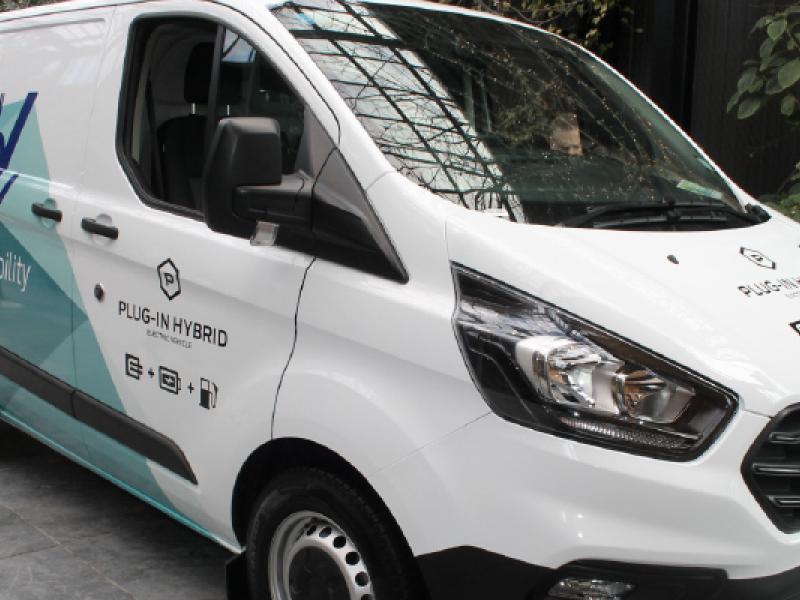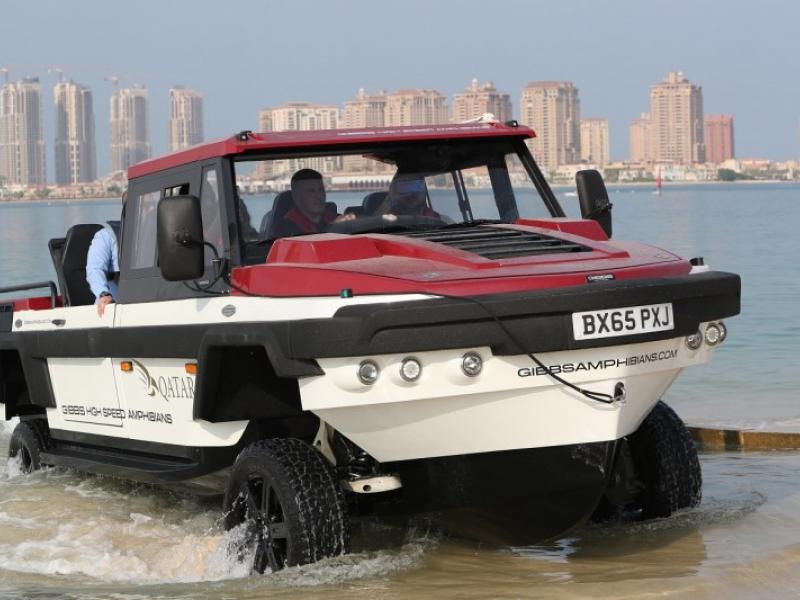BMW has reported that it will be introducing water injection into some of its more high-powered M cars in future in a bid to reduce fuel consumption and emissions while at the same time extracting more power.
According to Wikipedia, water injection was first used during WW2 to increase the power output of fighter aircraft for short durations such as dogfights or takeoff.It has also been used in motor sport, particularly in drag racing.
Its principal purpose is as an anti-detonant agent, cooling “hot points” in the induction system of a petrol engine which could produce premature ignition, particularly in high compression engines.
In terms of the BMW application, it means more boost and a more aggressive ignition timing can be applied to BMW’s turbo engines as the water injection reduces engine “knocking”. Water injection also reduces NOx and carbon monoxide emissions.
BMW has demonstrated its water injection technology in theBMW M4 Coupé which will head the safety car fleet in the MotoGP World Championship in 2015.
Water is injected into the intake module’s collector as a fine spray, significantly cooling the exhaust air during vaporisation. This lowers the discharge temperature in the combustion changer and reduces the tendency for knocking. The turbo engine can therefore be operated with a higher charging pressure, and an earlier ignition point.
BMW says that as well as significantly increasing performance, the high-performance M4 twin turbo six-cylinder power unit also boasts outstanding full-load consumption and emission figures.
In order to guarantee the engine stays within cooling limits, the engineers have produced a cooling system that is as innovative as it is effective. Next to the main radiator additional radiators also ensure balanced temperature control for the high and low temperature circuits, as well as for the gearbox and turbocharger. The exhaust air, which is heated by the turbocharger, is cooled using indirect intercooling and is supported by an additional electric water pump.
BMW says the water injection makes it possible to increase performance and reduce consumption by about eight percent. At the same time, losses in performance as a result of rising ambient temperatures (> 20 deg C) are also compensated by increasing the amount of water being injected.
And instead of more performance, water injection can also be configured to reduce consumption.
An interesting point is that in those countries where 98 octane fuel is not readily available (as in New Zealand),water injection helps achieve optimal performance and consumption from an engine with 95 octane petrol.
When positioning the water injection, the engineers at BMW M Division opted for a layout with three injection valves in the plenum chamber, each supplying two cylinders of the six-cylinder, inline engine. This solution ensures very equal distribution and also allows the system to be designed in a compact manner.
Located in the boot of the BMW M4 MotoGP Safety Car is a water tank with a gross volume of about five litres, which houses the water pump, sensors and valves.
The pump and complete system of sensors and actuating elements are controlled by the engine electronics, which have been upgraded accordingly. In practice, the pump feeds the water to the injectors at a pressure of 10 bar, whereby the appropriate volume is supplied depending on load, engine speed and temperature.
This ensures that water consumption is kept to an absolute minimum. In rigorous action out on the racetrack, it is always necessary to refill the water supply whenever the car must refuel.
During ordinary road use, the intervals between water refills would be considerably longer, depending on the driving style. Even when driving faster on motorways, it would only be necessary to refill the water container roughly every five stops for refuelling. To ensure the system is as suitable as possible for daily use, it does not require any additional maintenance.
For safety reasons, the BMW M water injection works with a sophisticated automatic diagnosis. Should the water tank be empty or parts of the system fail, appropriate measures will be taken to protect the power unit. Turbo-charging pressure and ignition point are cancelled, thus enabling continued operation of the engine without any restrictions other than reduced performance.
However, a wide range of measures also ensures the functionality of the system during normal operation. After the engine has been turned off, the water is transported back from the pipeline into the tank, in order to prevent the system components freezing in minus temperatures. The water tank itself is also frost-proof.






